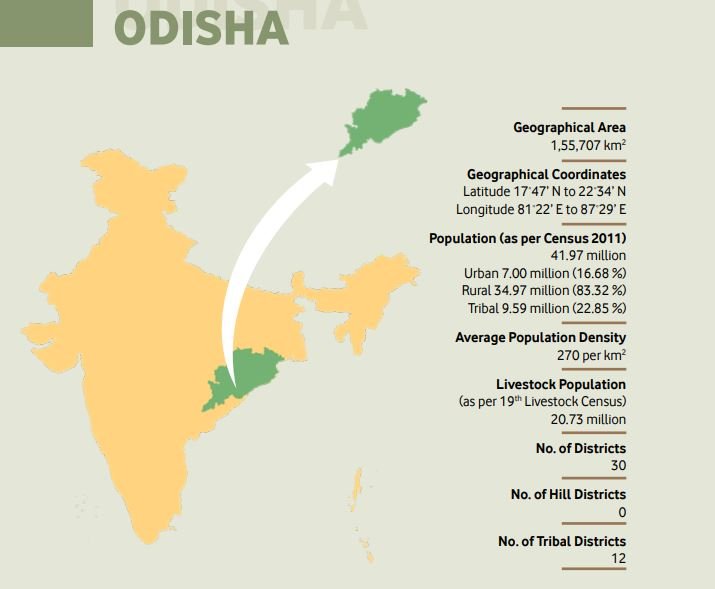The India State of Forest Report 2023 highlights progress in forest expansion and climate commitments.
India’s journey toward a greener and more sustainable future has received a significant boost, as revealed in the India State of Forest Report (ISFR) 2023. Published by the Forest Survey of India (FSI), this comprehensive assessment underscores the nation’s achievements in increasing forest and tree cover while navigating challenges posed by climate change and development.

A Positive Growth Trajectory
The total forest and tree cover in India has reached 8,27,356.95 square kilometers, covering 25.17% of the country’s geographical area. This includes 7,15,342.61 square kilometers of forest cover (21.76%) and 1,12,014.34 square kilometers of tree cover (3.41%). The national forest cover witnessed a modest but meaningful increase of 156.41 square kilometers compared to the previous 2021 assessment, while the combined forest and tree cover rose by 1,445.81 square kilometers.
Chhattisgarh, Uttar Pradesh, Odisha, and Rajasthan led the charge in adding green cover, with Chhattisgarh alone contributing 683.62 square kilometers of forest and tree growth. Odisha followed closely with an increase of 558.57 square kilometers.

Regional Insights: Gains and Challenges
While the overall trend is encouraging, the report reveals disparities across regions:
- Leaders in Growth: Apart from Chhattisgarh and Odisha, states like Rajasthan and Uttar Pradesh made significant contributions, reflecting successful afforestation programs and sustainable forest management practices.
- Areas of Concern: Madhya Pradesh and Karnataka experienced notable declines in forest and tree cover, losing 612.41 square kilometers and 459.36 square kilometers, respectively. The North-Eastern region also saw a reduction of 327.30 square kilometers in forest cover, largely due to shifting cultivation and developmental pressures.
Innovative Mapping and Insights
This 18th edition of the biennial ISFR marks several technological advancements in forest assessment. Satellite imagery combined with ground verification ensures the report’s accuracy. For the first time, data on bamboo-bearing areas, agroforestry contributions, and decadal changes in forest ecosystems are included, offering a more holistic view of India’s green resources.
The report categorizes forest density into Very Dense Forests (VDF), Moderately Dense Forests (MDF), and Open Forests (OF). Encouragingly, the Very Dense Forest category showed an increase, reflecting efforts to improve forest quality.
Spotlight on Mangroves and Agroforestry
Mangrove forests, vital for coastal ecosystems, cover 4,991.68 square kilometers or 0.15% of India’s land. Though there was a net decrease of 7.43 square kilometers, states like Andhra Pradesh and Maharashtra posted gains in mangrove areas.
Agroforestry—a crucial element of sustainable farming—contributed significantly to tree cover, with over 1,27,590 square kilometers under agroforestry practices. This reflects growing awareness and adoption of eco-friendly livelihood methods.
Tackling Forest Fires and Carbon Sequestration
The report also highlights progress in managing forest fires through advanced alert systems. India’s total carbon stock has seen a steady rise, reinforcing the country’s commitment to its Nationally Determined Contributions (NDCs) under the Paris Agreement.
Toward a Sustainable Future
The India State of Forest Report 2023 is a testament to India’s efforts to balance development with ecological preservation. As the nation works toward its 2047 vision of becoming a developed country, these green strides underline the importance of community participation, technological innovation, and robust policies in achieving sustainability.
With steady progress in forest expansion and resource management, India stands as a beacon of hope in the global fight against climate change, showcasing that economic growth and environmental stewardship can go hand in hand.








